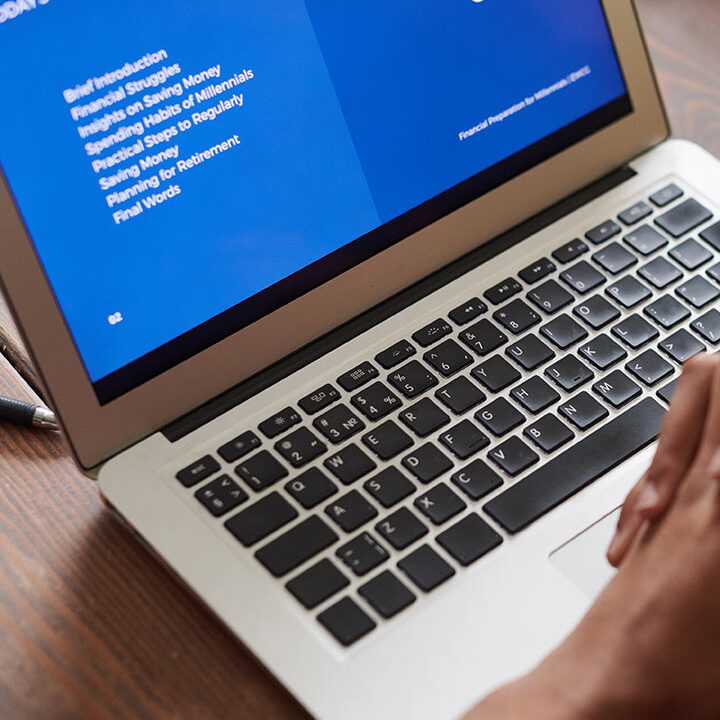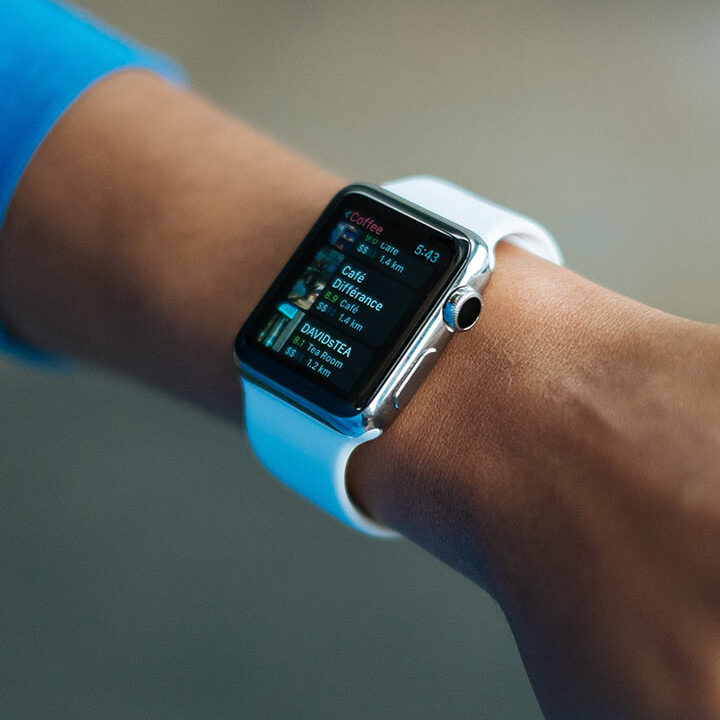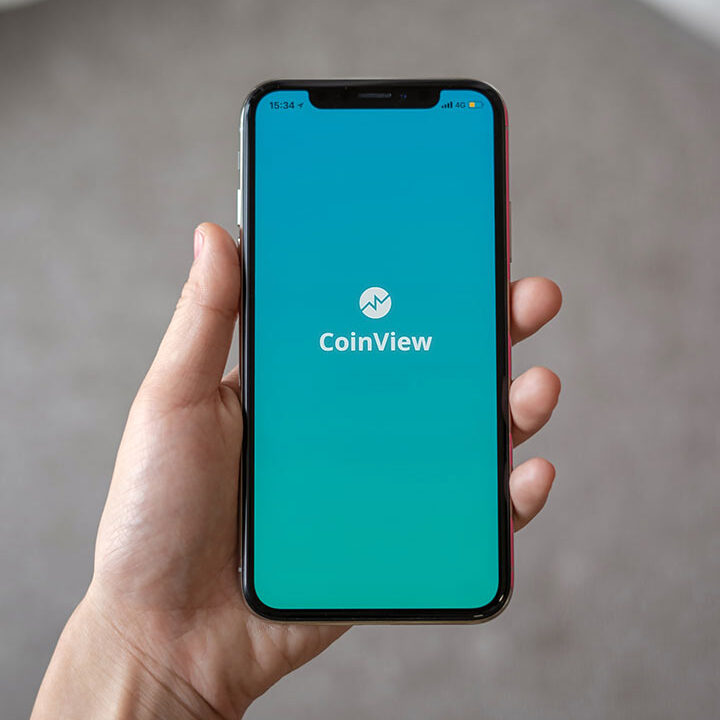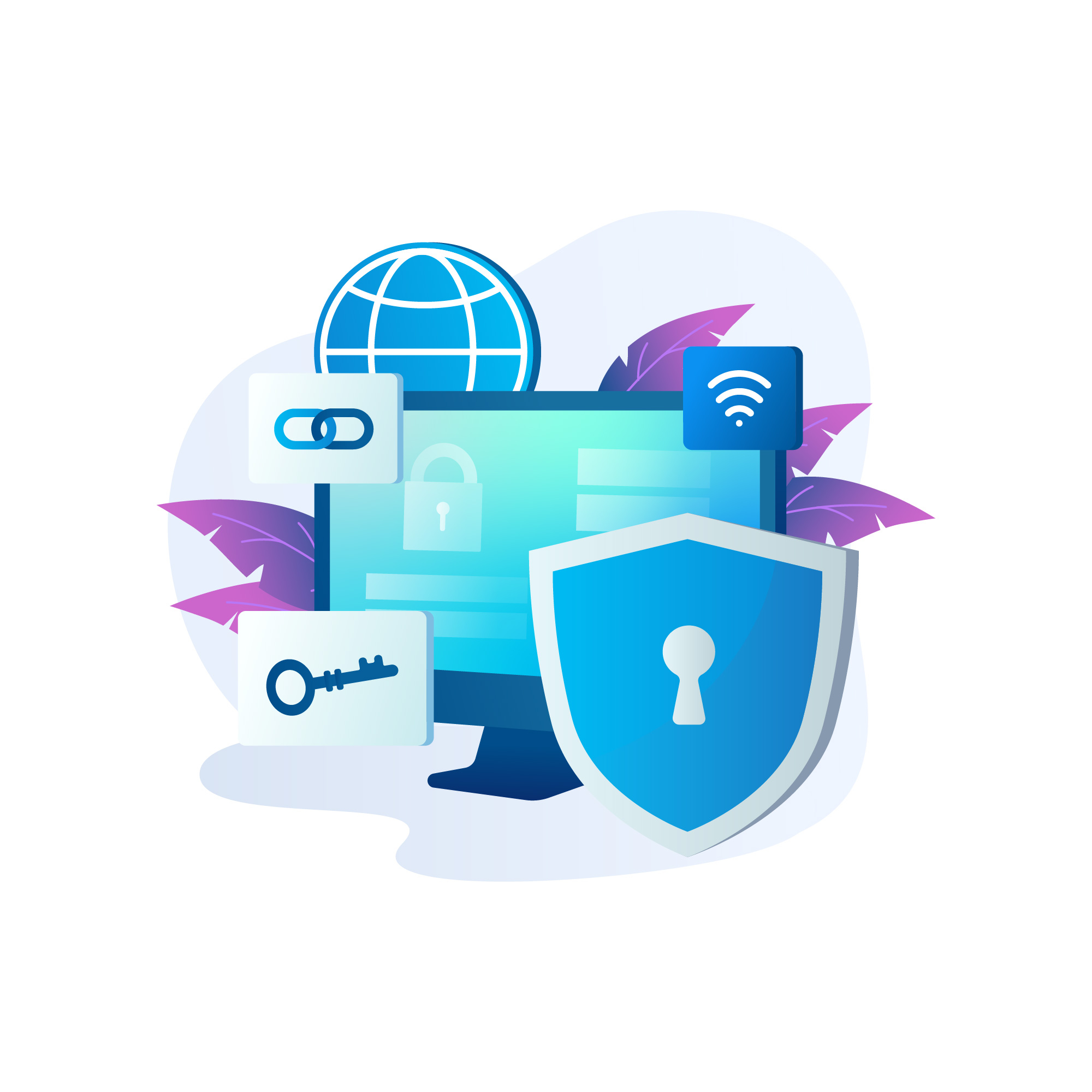A thriving SaaS ecosystem, but vulnerable too
The digital age thrives on data, and SaaS applications are the bustling online marketplaces where this information flows. Businesses are flocking to these platforms for their ease of use, scalability, and constant updates. But unlike a traditional marketplace, SaaS operates in the vast, ethereal cloud. This SaaS ecosystem has become a core part of digital operations, but it’s vulnerable to security threats lurking in the shadows, waiting to snatch valuable data.
Table of Contents
What is SaaS Ecosystem? A SaaS ecosystem is a interconnected network of software applications, services, and users that work together to deliver and support cloud-based software solutions. It encompasses various elements such as data management, API integration, workflow automation, and B2B partnerships. A well-functioning SaaS ecosystem enables organizations to streamline operations, improve collaboration, and adapt to changing business needs more effectively.
Shared responsibility
Industry research predicts a booming SaaS market, reaching a staggering $232 billion by 2024 [Statista]. This rapid growth signifies a growing reliance on cloud solutions, but it also comes with an increased risk of security breaches. The SaaS platform ecosystem thrives on innovation, yet security is a shared concern..
The SaaS ecosystem architecture underpins security through a shared responsibility model. SaaS providers safeguard the infrastructure and platform, while businesses must secure their data and user access. This balancing act is achievable with a well-defined strategy, emphasizing the importance of SaaS ecosystems in maintaining security and stability.
Fortress in the cloud
The first line of defense in any marketplace is a secure perimeter. In the cloud, this translates to robust data encryption. In the SaaS ecosystem architecture, each piece of data is encased in an unbreakable code, accessible only with the proper key.
Remember the alarming statistics? Over 80% of breaches involve stolen, weak, or reused passwords. This is where multi-factor authentication (MFA) comes in. It acts like a vigilant security guard, requiring a password and an additional verification factor, like a code from your phone, for entry.
Beyond the walls
Security isn’t just about keeping unauthorized individuals out. It’s also about controlling access within. Granular access controls ensure that only authorized users can access specific data. Imagine vendors with designated areas to sell their wares, needing more rein to roam and access everything. This minimizes the risk of unauthorized access and accidental data leaks.
Training the merchants
Even the most secure SaaS platform ecosystem can be vulnerable to unaware users. User education is paramount. Train your employees to identify suspicious activity, like a seasoned security guard can spot a pickpocket. Regular phishing simulations can hone their skills and help them identify potential scams, ensuring the SaaS ecosystem remains robust.
Constant vigilance
A thriving SaaS ecosystem depends on constant vigilance. Security teams at SaaS providers continuously monitor for suspicious activity, using advanced analytics to identify anomalies that might indicate a potential breach. Proactive threat detection allows for swift action to mitigate risks, reinforcing the importance of the SaaS ecosystem in securing digital operations.
Beyond the marketplace
The security of a SaaS application depends not just on its defenses but also on the security of its third-party vendors. A staggering 49% of organizations have experienced a data breach caused by a third-party vendor in the last year (Ponemon Institute). Just like a vigilant marketplace inspector would ensure the vendors themselves are trustworthy, businesses must evaluate the security posture of their SaaS providers’ supply chain.
Building a secure SaaS ecosystem
SaaS security is an ongoing process that necessitates collaboration between providers and businesses. By working together, we can build a secure and thriving digital marketplace where businesses can confidently leverage the power of SaaS applications.
The high cost of breaches
- For the 12th year in a row, the United States has the highest cost of a data breach, a staggering $5.09 million more than the global average.
- Worldwide cybercrime costs will hit a staggering $10.5 trillion annually by 2025 (Cybersecurity Ventures).
Key takeaways
By following these fundamental principles, we can create a robust and secure SaaS ecosystem:
- Shared responsibility: Security is a team effort between providers and businesses.
- Layered defenses: Encryption, MFA, and access controls work together for maximum protection.
- User education: Make employees vigilant against cyber threats.
- Threat monitoring: Proactive vigilance is critical to preventing breaches.
- Secure supply chain: Evaluate third-party vendor security.
By prioritizing these practices, we can foster trust and innovation in the digital age, ensuring a secure and thriving SaaS ecosystem for all.
Secure your SaaS today.
Novas Arc specializes in crafting comprehensive security solutions for businesses of all sizes. We can help you navigate the complexities of SaaS security and implement best practices to safeguard your valuable data. Connect with us to learn more about our security services and how we can help you achieve peace of mind in the digital age.
FAQS
Q1. What is a SaaS ecosystem?
A SaaS ecosystem refers to the interconnected network of Software, platforms, tools, and stakeholders involved in creating, delivering, and using Software as a Service (SaaS) products. It includes SaaS providers, customers, third-party vendors, integrators, and the cloud infrastructure supporting these services. The ecosystem thrives on collaboration and innovation, allowing businesses to leverage Software without managing the underlying infrastructure.
Q2. What is a SaaS system?
A SaaS system is a cloud-based software delivery model where users access applications via the Internet, typically through a subscription. In SaaS, the software is hosted on external servers; customers can use it without having to install it locally. This system offers scalability, automatic updates, and flexibility, making it ideal for businesses that want to avoid the complexities of maintaining their software infrastructure.
Q4. Is Netflix a SaaS?
Yes, Netflix is a SaaS (Software as a Service) company. It provides users access to its platform for streaming movies and TV shows via subscription.
Q4. What is a SaaS company, and what are some examples?
A SaaS company is a business that delivers software applications over the Internet on a subscription basis. These companies manage and host the Software, ensuring it is always accessible to users. Examples of SaaS companies include:
- Salesforce: A customer relationship management (CRM) platform.
- Slack: A team communication and collaboration tool.
- Dropbox: A cloud storage service.
- Zoom: A video conferencing platform.
Author








